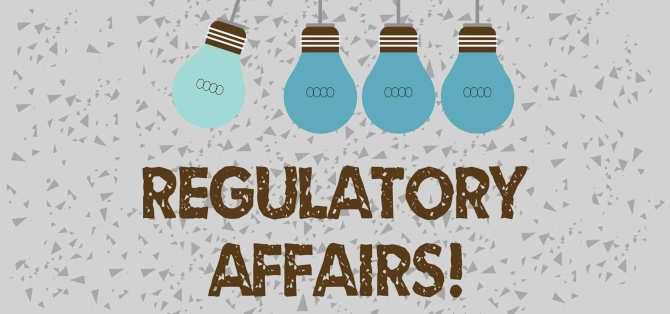Title: “Navigating Regulatory Challenges in the Medical Field: A Comprehensive Guide”
Introduction:
In the dynamic and ever-evolving field of medicine, regulatory compliance is a cornerstone for ensuring patient safety, product quality, and effective healthcare delivery. From medical devices and pharmaceuticals to healthcare facilities and professionals, the healthcare industry is heavily regulated to protect the well-being of patients and the integrity of healthcare services. In this blog post, we will delve into the intricacies of regulatory affairs in the medical sector, shedding light on key topics and challenges.
Understanding Regulatory Bodies:
Regulatory oversight in the medical field involves various government agencies and organizations responsible for establishing and enforcing standards, guidelines, and policies. In the United States, for example, the Food and Drug Administration (FDA) oversees pharmaceuticals and medical devices, while the Centers for Medicare & Medicaid Services (CMS) regulate healthcare facilities.
Pharmaceutical and Medical Device Regulation:
Pharmaceutical and medical device manufacturers face stringent regulations to bring products to market. This includes pre-market approval processes, clinical trials, and post-market surveillance. Navigating these regulatory pathways demands a thorough understanding of the specific requirements, documentation, and quality control standards.
Clinical Trials and Drug Approvals:
The development and approval of new drugs and therapies involve extensive clinical trials. Regulatory agencies closely evaluate the safety and efficacy of these products before granting approval. Challenges often arise in designing rigorous trials, ensuring patient safety, and meeting regulatory timelines.
Quality Assurance and Compliance:
Compliance with Good Manufacturing Practices (GMP) is vital for pharmaceutical and medical device manufacturers. Quality assurance programs, regular inspections, and adherence to GMP principles are essential to maintaining product quality and safety.
Healthcare Facility Accreditation:
Hospitals, clinics, and healthcare providers must adhere to accreditation standards to ensure high-quality patient care. Regulatory compliance in healthcare facilities encompasses areas such as patient safety, infection control, and facility infrastructure.
Telemedicine and Digital Health:
The rapid growth of telemedicine and digital health solutions has introduced new regulatory challenges. Compliance with data privacy laws, telehealth licensing requirements, and the interoperability of digital health systems are among the key concerns.
International Harmonization:
The global nature of the healthcare industry necessitates international harmonization of regulations. Efforts are underway to align regulatory standards to facilitate the global exchange of medical products and expertise.
Challenges and Emerging Trends:
The healthcare regulatory landscape is evolving with advancements in technology, changes in patient demographics, and the emergence of novel therapies. Staying informed about emerging trends and proactively addressing regulatory challenges is crucial for healthcare stakeholders.
Conclusion:
Regulatory compliance is a cornerstone of healthcare, ensuring that patients receive safe and effective treatments and services. Navigating the complex regulatory landscape requires continuous learning, adaptation, and collaboration among stakeholders. As the healthcare industry continues to evolve, staying informed and engaged in regulatory affairs remains paramount for delivering high-quality healthcare worldwide.

